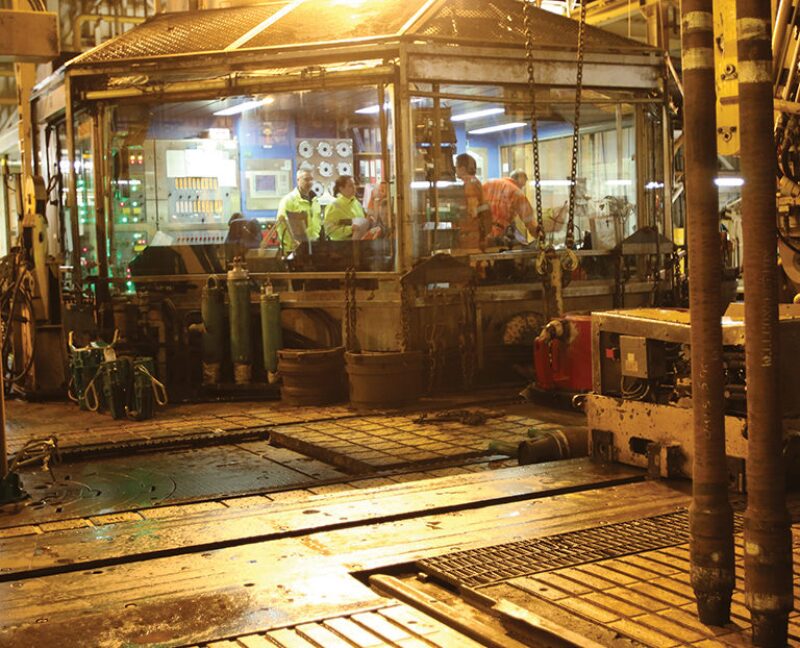Offshore Norway is an unlikely spot for optimism. The continental shelf is home to a mature basin, with harsh sea conditions, a reputation for high costs, and an exploration frontier well north of the Arctic Circle.
Last year’s version of low oil prices, when benchmark crudes traded for around USD 50/bbl, led to news stories in Norway pointing out that the shares of the 10 largest local oil-industry-related companies, excluding Statoil, were worth less than the 10 biggest aquaculture companies.
While raising salmon is expected to grow into a big business, with big oil industry suppliers such as Kongsberg working on high-tech tools to raise millions of fish, those working in the oil business are not talking about a career change.
“Oil [/bbl] is selling for the same prices as 4.5 kilo salmon. We could all start farming salmon, but I do not think so,” said Arve Iverson, ROV operations manager for Oceaneering, at the recent Subsea Valley Conference in Oslo.
The show put on by the organization created to increase the visibility of the engineering-driven oil industry in southeast Norway, also amounted to a rally in support of the future of oil offshore Norway, and the global markets these companies serve.
Eldar Sætre, the chief executive officer (CEO) of Statoil, pointed out that the national oil company has lowered its average break-even cost for new projects from USD 70/bbl to USD 40/bbl, and emphasized that the bulk of the improvement was in savings that will remain after supplier discounts are gone.
The themes of standardization, simplifying requirements, and working together were common ones when hearing from oil industry experts.
The test of whether the Norwegian industry can deliver on its goal of profitably producing oil in a era of low prices, is the Johan Sverdrup field, a multibillion-barrel find which is moving forward in the midst of the slump, showcasing innovations backed by the Norwegian government and Statoil.
“Sverdrup is one of the biggest industrial projects in Norwegian history and one of the biggest in our time,” said Tord Lien, Norway’s minister of petroleum and energy. He pointed out that giant finds are not likely to be the norm in the future when lower-cost development methods will be needed to bring small finds into production, and to extend their productive years.
“It is fundamental to reduce costs to maintain subsea (completions) as a development solution, and to maintain Norway’s position as an energy exporter in the decades ahead,” he said.
Subsea Engineering
In the exhibit hall nearby were companies working on that problem with innovations ranging from an all-robotic drilling floor to a system for sharply reducing the paperwork that magnifies the cost and conflicts associated with project management.
While Stavanger is the best known oil town in Norway, there is a large cluster of offshore engineering, design, and software-driven companies in and around Oslo, which promotes the area as the Subsea Valley.
The companies range from diversified technology giants such as Kongsberg to innovative manufacturers, such as SubseaDesign, a 26-person company whose future in these hard times depends on the ability of its engineers to design and manufacture clever solutions for difficult problems.
“It is new technology that brings us forward and keeps us alive in the market,” said Hans Fjelldal, sales manager for SubseaDesign.
An example of that is a connecter it designed to be self-aligning, which swivels up to 3° to accommodate an incoming pipe that is off line, while still providing a lasting seal.
The conventional option is to stop, and force the pipe back in line with the connector.


